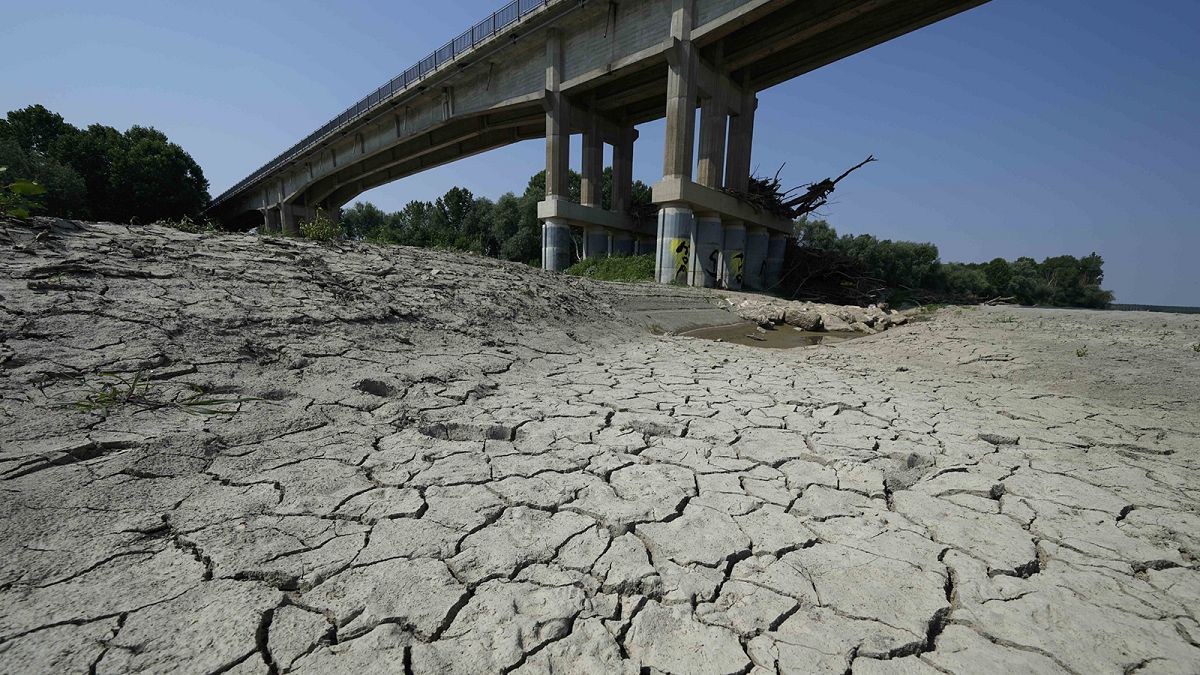Parts of northern Italy have already been rationing drinking water to try and deal with the problem.
Italy has declared a state of emergency in five northern regions amid the worst drought in 70 years.
It applies to Emilia-Romagna, Friuli Venezia Giulia, Lombardy, Piedmont and Veneto regions, the government said in a statement. The announcement stems from droughts in the Po River and eastern Alpine basins.
The Council of Ministers-approved move will see €36.5 million allocated to try and deal with the drought.
The valley of the River Po, which produces around 40% of the country's food, including wheat and rice, has barely seen any rainfall for around four months.
The river, Italy's longest, is seven metres below the average.
This year, Italy has received only half the average rainfall of the past 30 years, according to state-run research body CNR.
Almost half of Italian livestock under threat
The state of emergency aims to grant "extraordinary means and powers" to ensure the implementation of urgent interventions necessary to guarantee public safety, the repair of damage to public and private property and the normal living conditions of the population.
According to the country's largest agricultural union, Coldiretti, the drought is also threatening half of the livestock in the Po Valley, where Parma ham is produced.
The waters from the Po River help irrigate rice paddies, farm fields and grazing land for cows, including some whose milk is used to make prized Parmigiano Reggiano cheese.
Lakes Maggiore and Garda have lower than normal water levels for this time of year, while further south the level of the Tiber River, which runs through Rome, has also fallen.
“The Tiber, as I can say from my 40 years’ experience on the river, has never had a situation like this,” Giulio Bendandi, a boatman, told AP on Monday.
Hydroelectric power reduced
Another consequence of the drought is that hydroelectric power production has fallen sharply. Hydroelectric installations, located for the most part in the mountainous regions of northern Italy, produce nearly 20% of the country's energy.
Meuccio Berselli, secretary-general of the Po River District Basin Authority, told Euronews in June that water withdrawals for agriculture had been cut by 20%, and a hydroelectric power plant had been shut down due to a lack of water to generate power.
The latest announcement comes a day after at least seven people died after a glacier in the Italian Alps collapsed, "undoubtedly" linked to global warming, according to Prime Minister Mario Draghi.
Late on Monday, he called his ministers for a meeting to discuss a state of emergency for the regions badly hit by drought.
Some cities and towns in the north have also put restrictions on water use by citizens.
More than a hundred municipalities have been forced to adopt measures to conserve water. Verona, a city of a quarter of a million inhabitants, and Pisa recently joined them.
